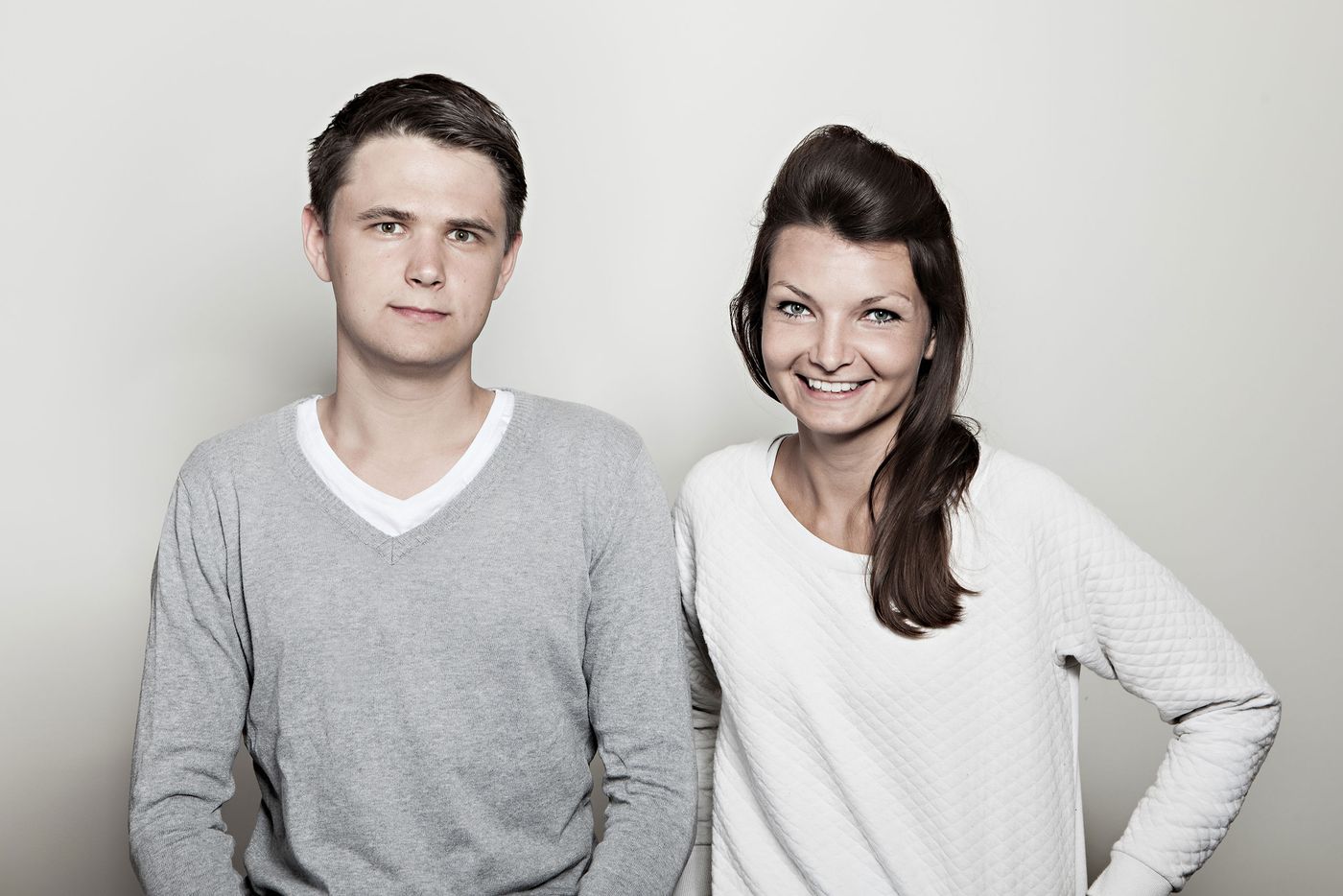
Rising Design Stars 'Chudy and Grase' talk to Yatzer
Words by Yatzer
Location
Only a couple of months after they both graduated from the Design Academy Eindhoven (NL), Nils Chudy and Jasmina Grase seem to be the design duo set to conquer Europe. Born in Germany and Latvia respectively, trained in The Netherlands and currently based in Denmark, the two designers just established their studio Chudy and Grase and have already collected a large collection of awards. Beginning with the ''Time To Design'' new talent award 2014 which allowed the duo to move to Copenhagen where they are based in the Danish Art Workshops, other awards include the Dutch National Winner of the James Dyson Award 2014 and Latvian Design Awards 2014.
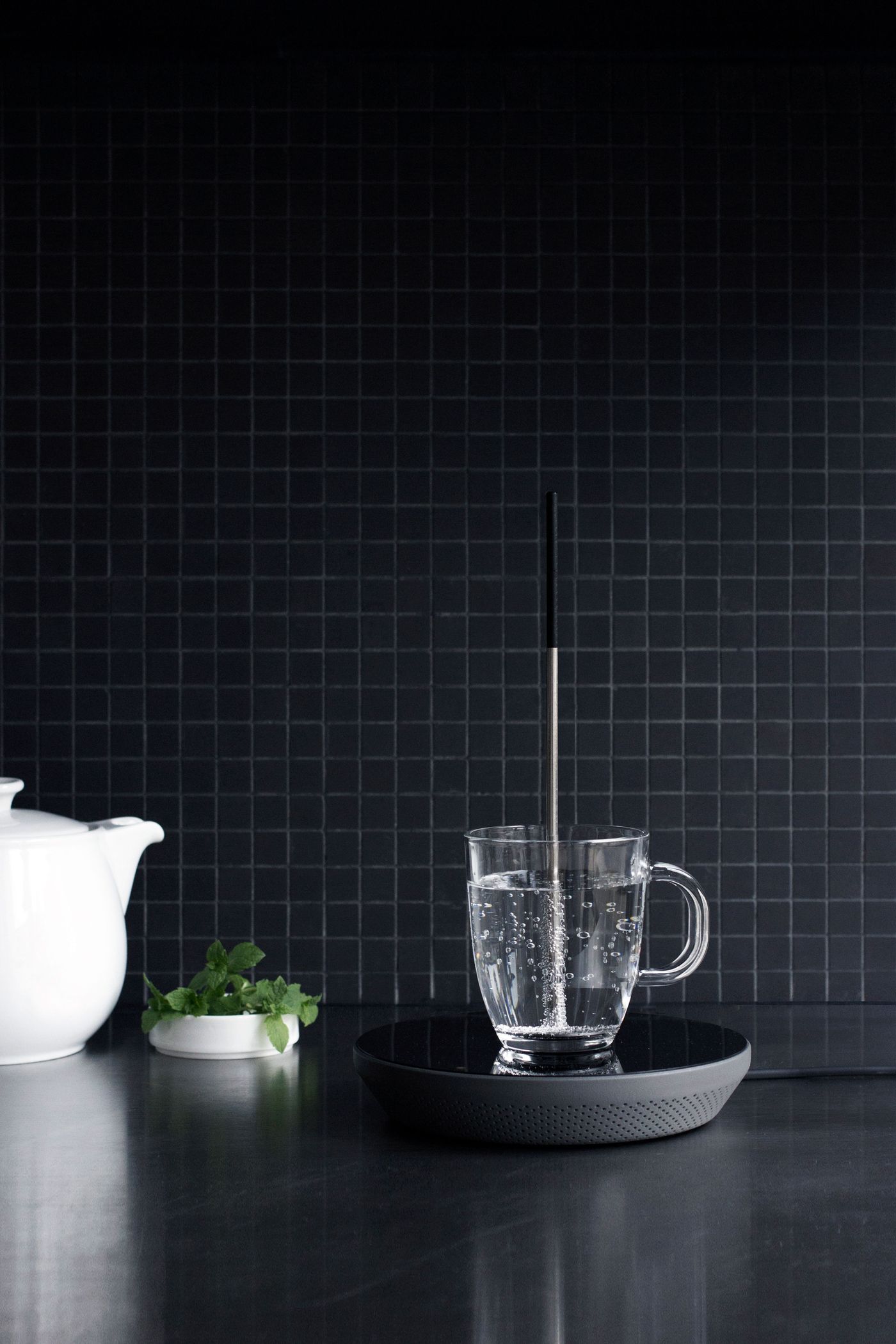
Miito, an innovative product that heats liquids directly in the vessel to be used, hence eliminating the heating of excess water. © Chudy and Grase.
AWARDS: Winner Keep an Eye Grant / Winner Rene Smeets Award / National Winner and Shortlisted for the James Dyson Award.
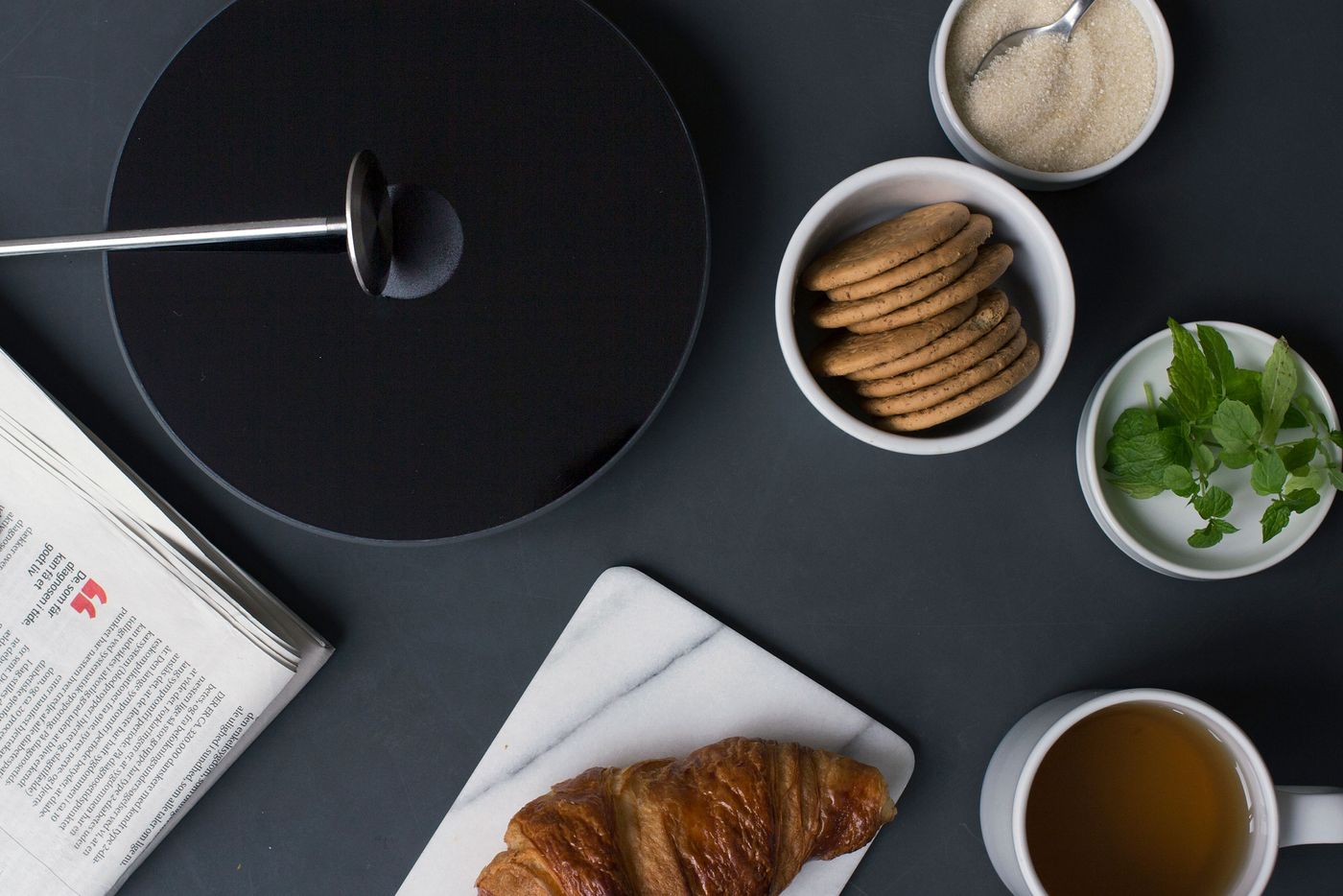
Miito, an innovative product that heats liquids directly in the vessel to be used, hence eliminating the heating of excess water. © Chudy and Grase.
AWARDS: Winner Keep an Eye Grant / Winner Rene Smeets Award / National Winner and Shortlisted for the James Dyson Award.
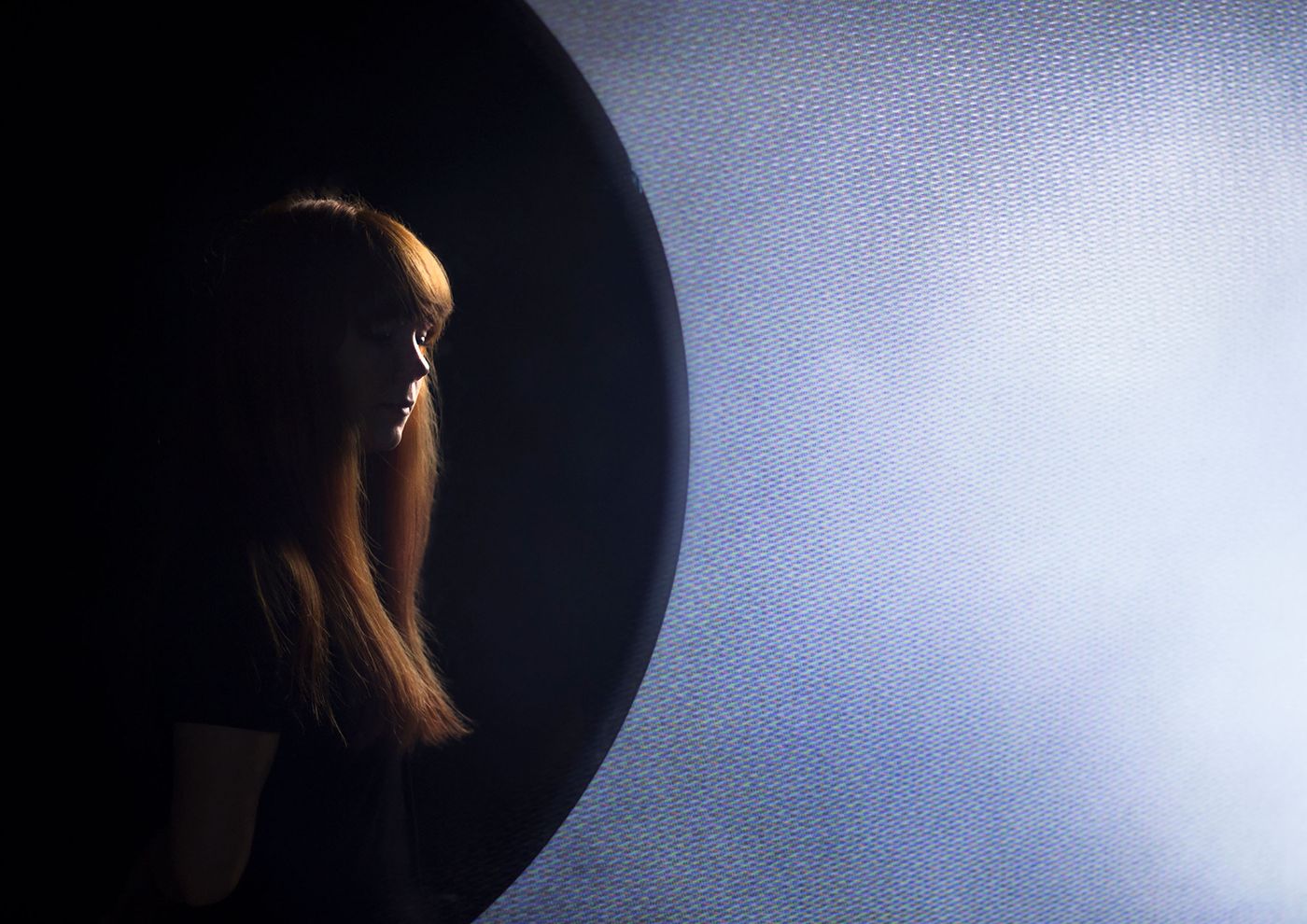
Viewpoint, a mirror with a light panel. © Chudy and Grase.
AWARDS: Selected project for ''Time To Design'' new talent award.
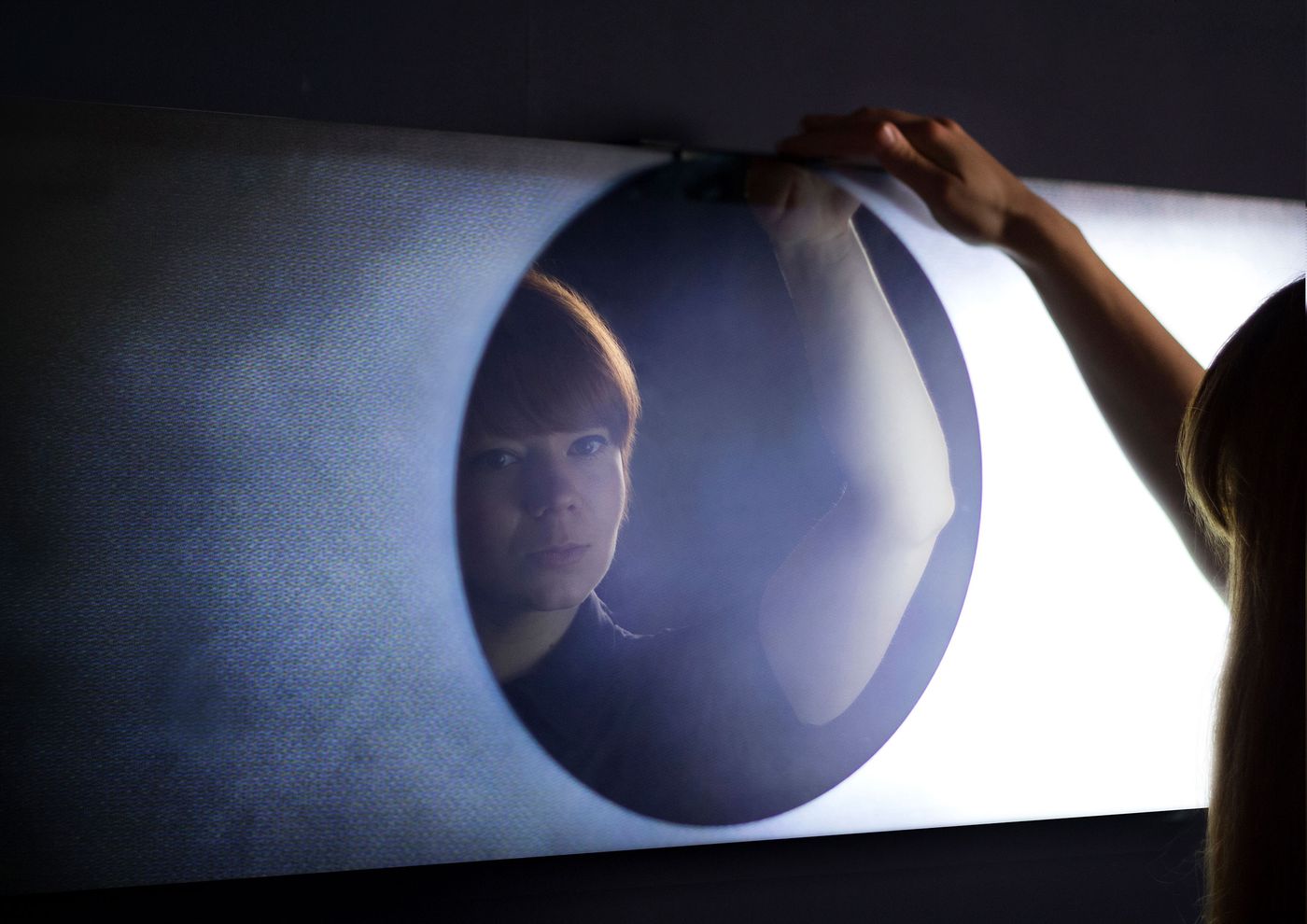
Viewpoint, a mirror with a light panel. © Chudy and Grase.
AWARDS: Selected project for ''Time To Design'' new talent award.
They first met four years ago, when they first started at the design school in Eindhoven and have been working side-by-side, practicing conceptual thinking and a 'hands on' approach in the realization of their ideas ever since.
Nils Chudy is quintessentially German, i.e. structured and organized. He gained experience by traveling and through internships with a photographer in Berlin and a product designer in Copenhagen. In fulfilling his dream which is to improve and simplify his surroundings, he gets his inspiration from closely observing everyday life situations and by looking at what other problems are out there to be solved. Jasmina Grase, who hails from a family of artists, was previously educated as an interior and graphic designer but finally chose to work on product design to tell her stories through everyday objects. She is charmed by the personal contact with products and believes that the products we choose to use have the strength to tell a lot about the person who owns them.
For Chudy and Grase like to call themselves children of Europe due to the fact that they are not physically attached to any location. In fact they claim that in half an hour they can be fully packed to move to their next location of choice. In their eyes, Europe is not divided into small little countries – rather, it’s one big playing field that offers different benefits in each corner. They hope to take the best of each location and reflect that in their designs.
Even though I’ve watched the two of you working closely together for years, I never thought you would go ahead and form a collaboration and work as duo. What exactly led you to this decision?
During our studies, we gave each other feedback on our projects. It seemed like one had the qualities that the other is missing and vice versa. We started to joke about how 'if we worked together then our work would be so much better!' After a while we came back to the jokes and we realised that it wouldn’t be such a bad idea: Even though we are very different in the way we work or think, we definitely share the same passion and drive towards work and design. The next steps happened very naturally and without any doubts. We knew that if established a design studio, it would be together.
All of these awards and nominations in just in a couple of months, that’s quite an achievement. Which of them made a real change to your plans?
Indeed - we have been incredibly lucky so far. Each award brings something completely different to the table but so far the "Time To Design" award was the one that turned our lives upside down. We already had plans of moving to Copenhagen before, but this award made it possible. It was also our first award and it really helped us to believe in our collaboration. We are used to rough criticism, but it is very important to gain some confidence about your work too. The Time To Designcompetition has opened a lot of doors to the design scene in Copenhagen. It has introduced us to lots of amazing people and still brings something new and exciting every day.Y
ou founded the studio in Eindhoven and then moved to Copenhagen after a couple of months... What’s next? Are you thinking about continuing at the same pace or settling down in one place? How easy is moving about for a designer especially in terms of the need for a lot of materials and a well equipped space to work in?
We really believe in being based in a place that makes sense at that moment in time. Maybe Berlin will be our next stop. Whilst we’re young, we really don't mind moving again. For sure there will come a point when emotionally we will be settled and life will seem too comfortable, but right now this way of living makes more sense to us. If the place is chosen right - the workshop, contacts and materials will all materialize as well. We don't think it is efficient to own or rent a workshop on a daily basis because your needs will always vary from project to project. It seems more logical to find your needs first and then look for a solution like sharing the space with other designers/artists which has the equipment we need at that point in time.
You’re working on a very interesting project about light. Could you give us more information about that or is it too early?
During our residency at the Danish Art workshops we have been developing a series of lamps with the aim of NOT designing another lamp shade around the light bulb, but to design the light itself. We like to use the quote form Konstantin Grcic: ''We must completely rethink the lamp as an object. Anyone simply inserting a new energy saving bulb into old fittings is missing a unique opportunity. We need a new typology of light.'' We hope that the result will be a series of ''functional ceiling sculptures'' that will not only serve as efficient interior lighting but also as monumental objects. The result will be presented at the Normann Copenhagen flagship store in Copenhagen from the 27th of November to the 12th of December, 2014 and during the Stockholm furniture fair in February 2015.
You both graduated from a school renowned for its conceptual approach towards design. What difference has this made this to your work as product designers?
There are different ways of how to approach product design and what to choose as your starting point. The education that we received at the Design Academy Eindhoven has taught us that sometimes the best chair can emerge from research that has absolutely nothing to do with chairs. You don’t always have to explain the concept to the viewer - sometimes it just helps that you yourself believe in the project and that this exact result is the one that makes the most sense.
On your meet the wicker project, you had to orchestrate a collaboration between craftsmen and industrial workers in Latvia. What was this experience like exactly?
Combining these two completely different ways of working and stimulating the metal engineers to think about the wicker weavers and the other way around was really fun, but also challenging at times. They had to learn about each other’s way of working to create products that would be a logical compromise in-between both worlds. The most awarding feeling is to see that now both sides are happy and proud of what they have achieved.
Out of these craftsmanship projects where the focus is on the materials and the atmosphere, you came up with a highly technical and nearly futuristic project that already seems to be a great success. How did this come about?
The end result might be different to our other works but the starting point and the process were quite similar! Being designers we believe that working in fields that are not our natural habitat allows us to question the norm and improve and reinvent the existing. Combining our two mindsets challenges us to produce products that reflect both technical and emotional aspects, thereby giving new solutions to everyday products.
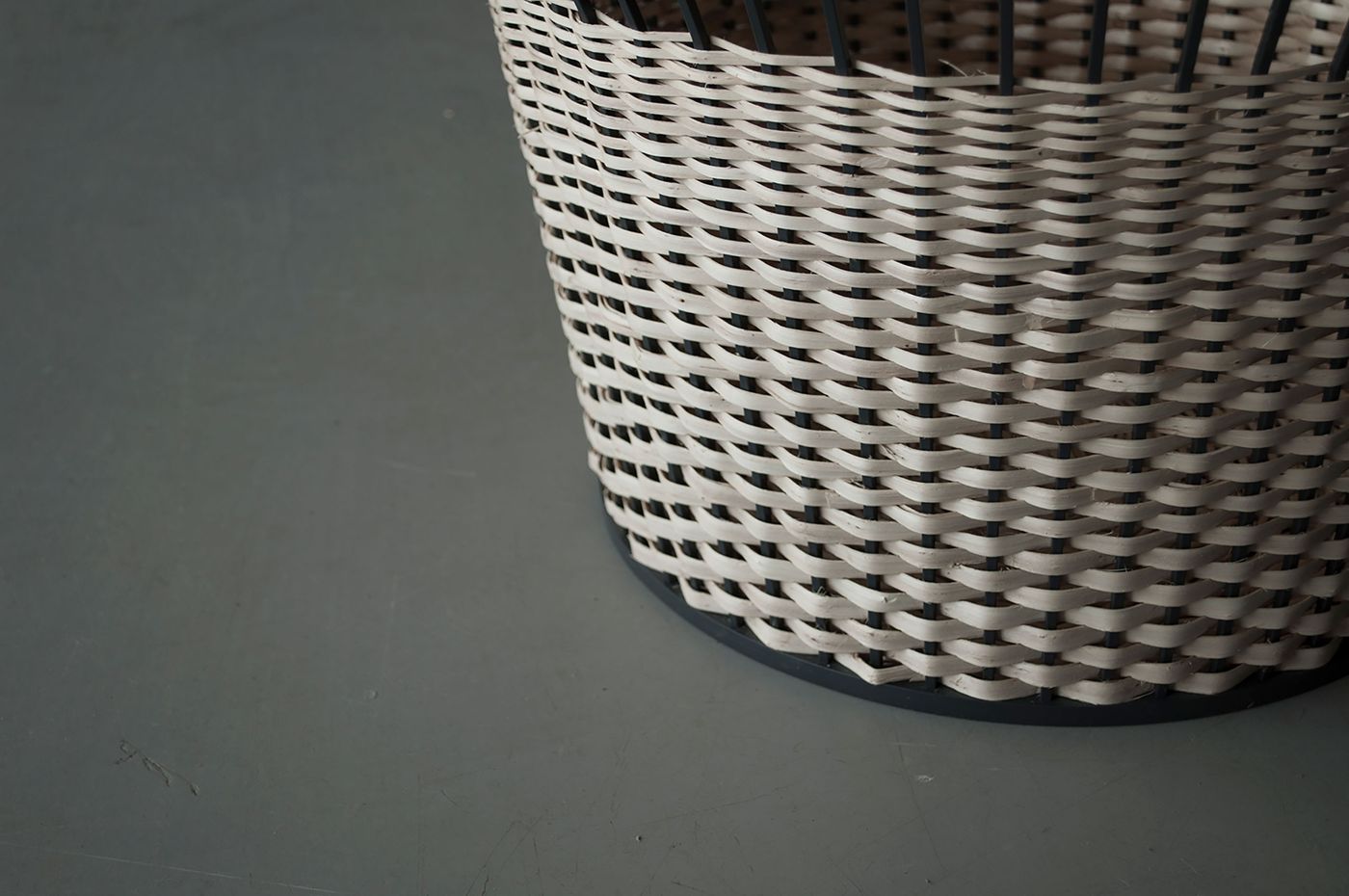
Meet the wicker, basket made from a steel skeleton (square metal ribs) with woven wicker. © Chudy and Grase.
AWARDS: Product design of the year 2014 (Latvia) | Best product prototype 2014 (Latvia).
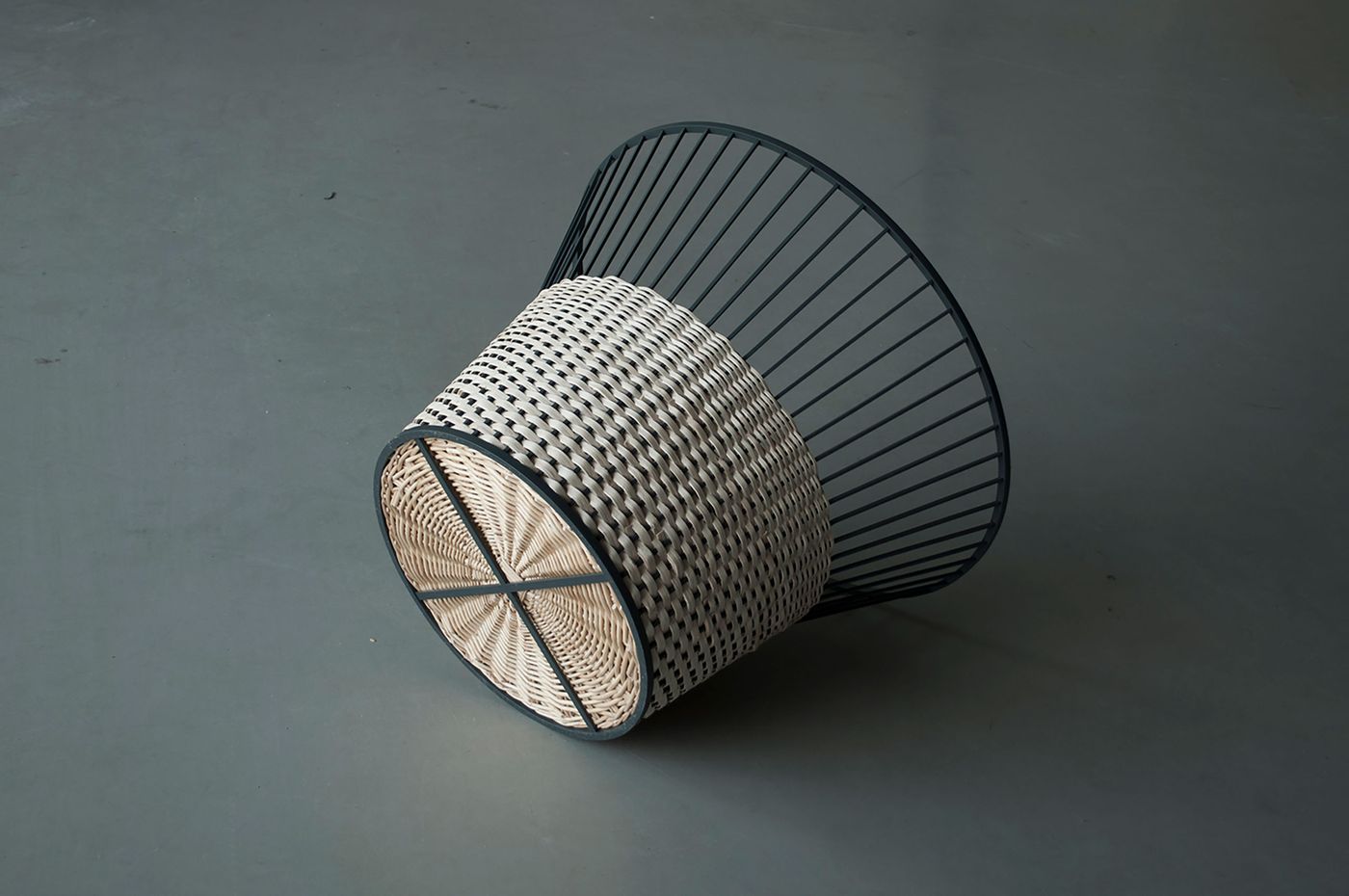
Meet the wicker, basket made from a steel skeleton (square metal ribs) with woven wicker. © Chudy and Grase.
AWARDS: Product design of the year 2014 (Latvia) | Best product prototype 2014 (Latvia).
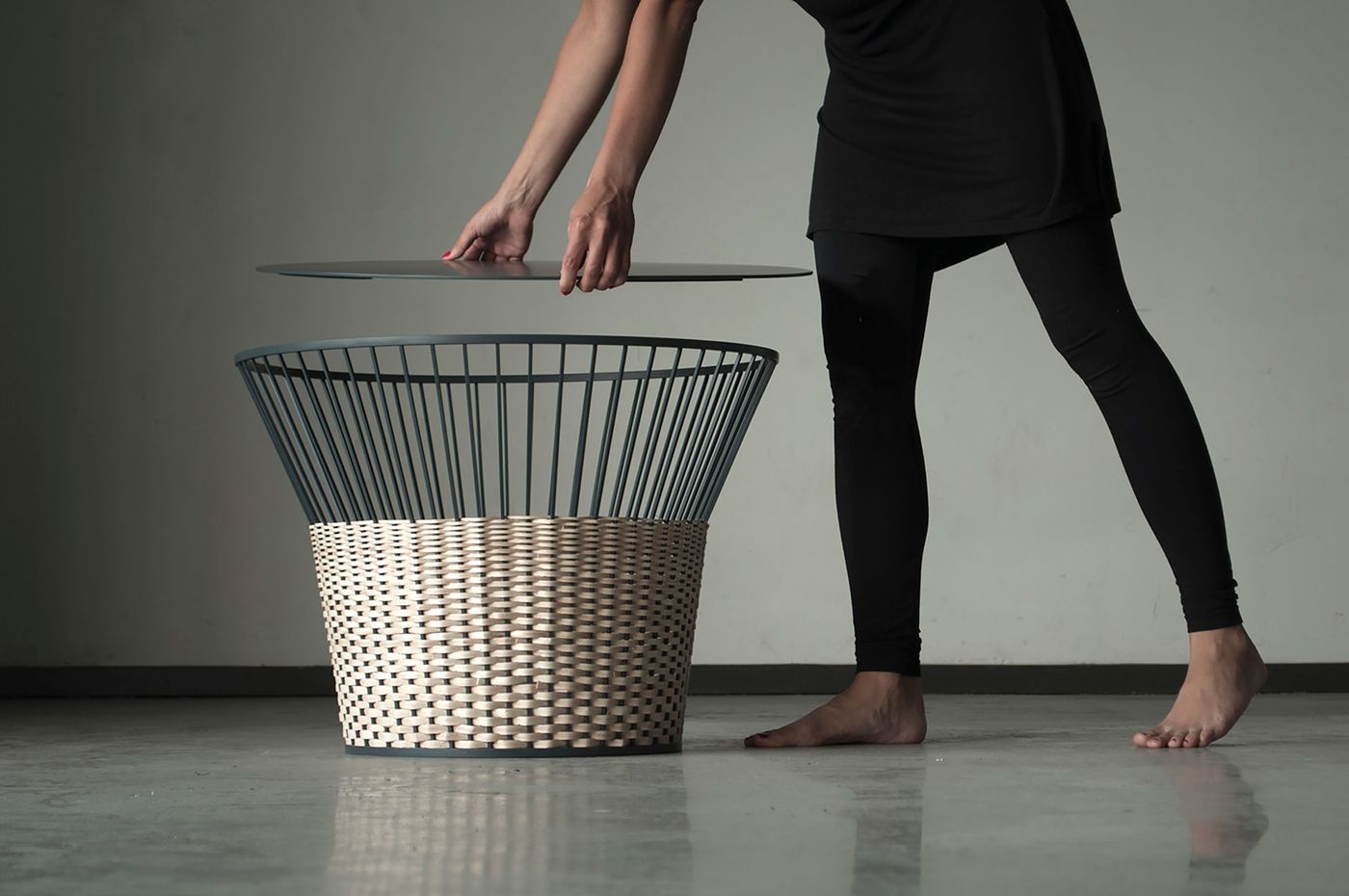
Meet the wicker, basket made from a steel skeleton (square metal ribs) with woven wicker. © Chudy and Grase.
AWARDS: Product design of the year 2014 (Latvia) | Best product prototype 2014 (Latvia).
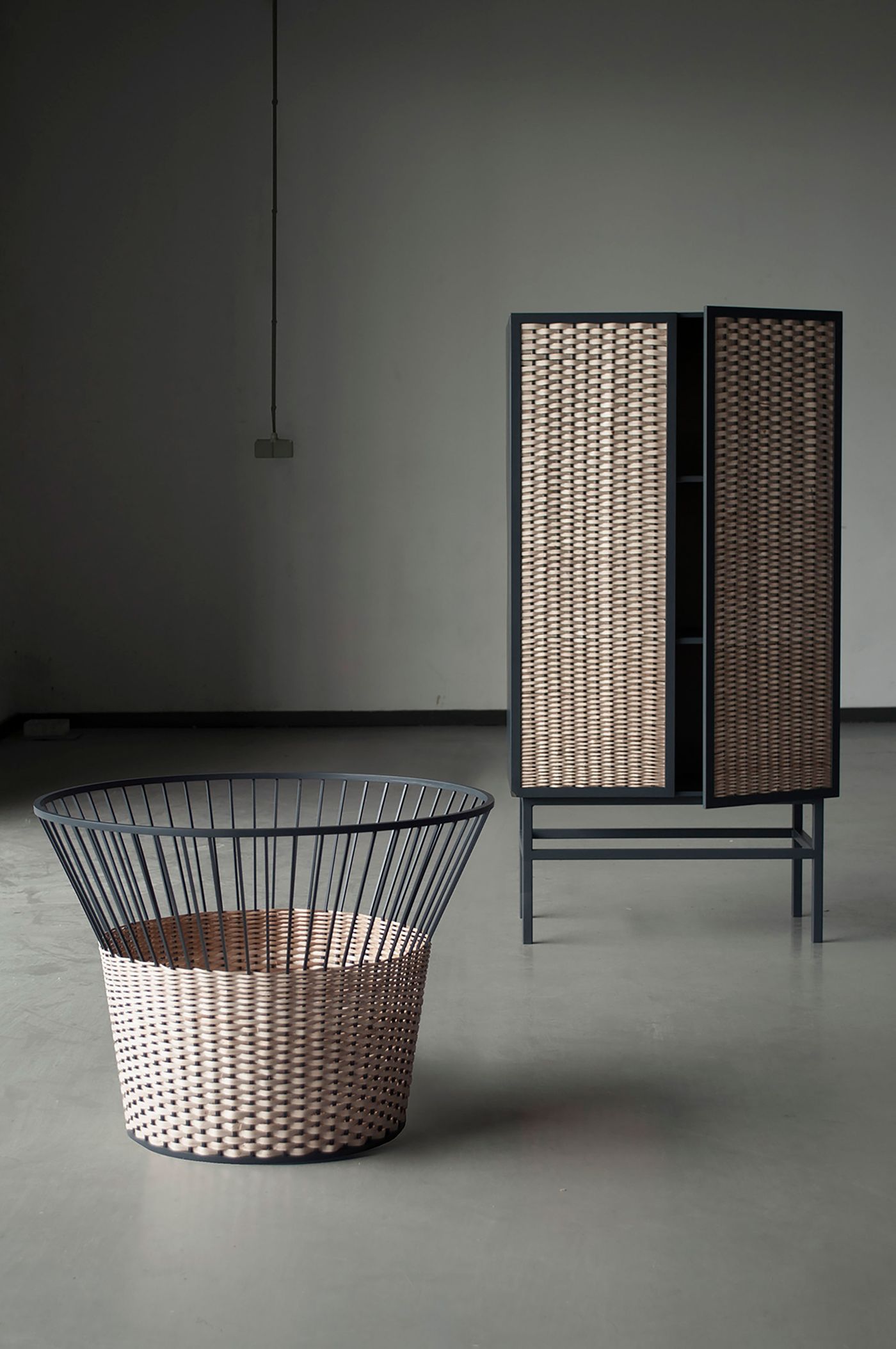
Meet the wicker, a series of products reflecting different qualities of the wicker material implemented in industrial metal furniture. © Chudy and Grase.
AWARDS: Product design of the year 2014 (Latvia) | Best product prototype 2014 (Latvia).
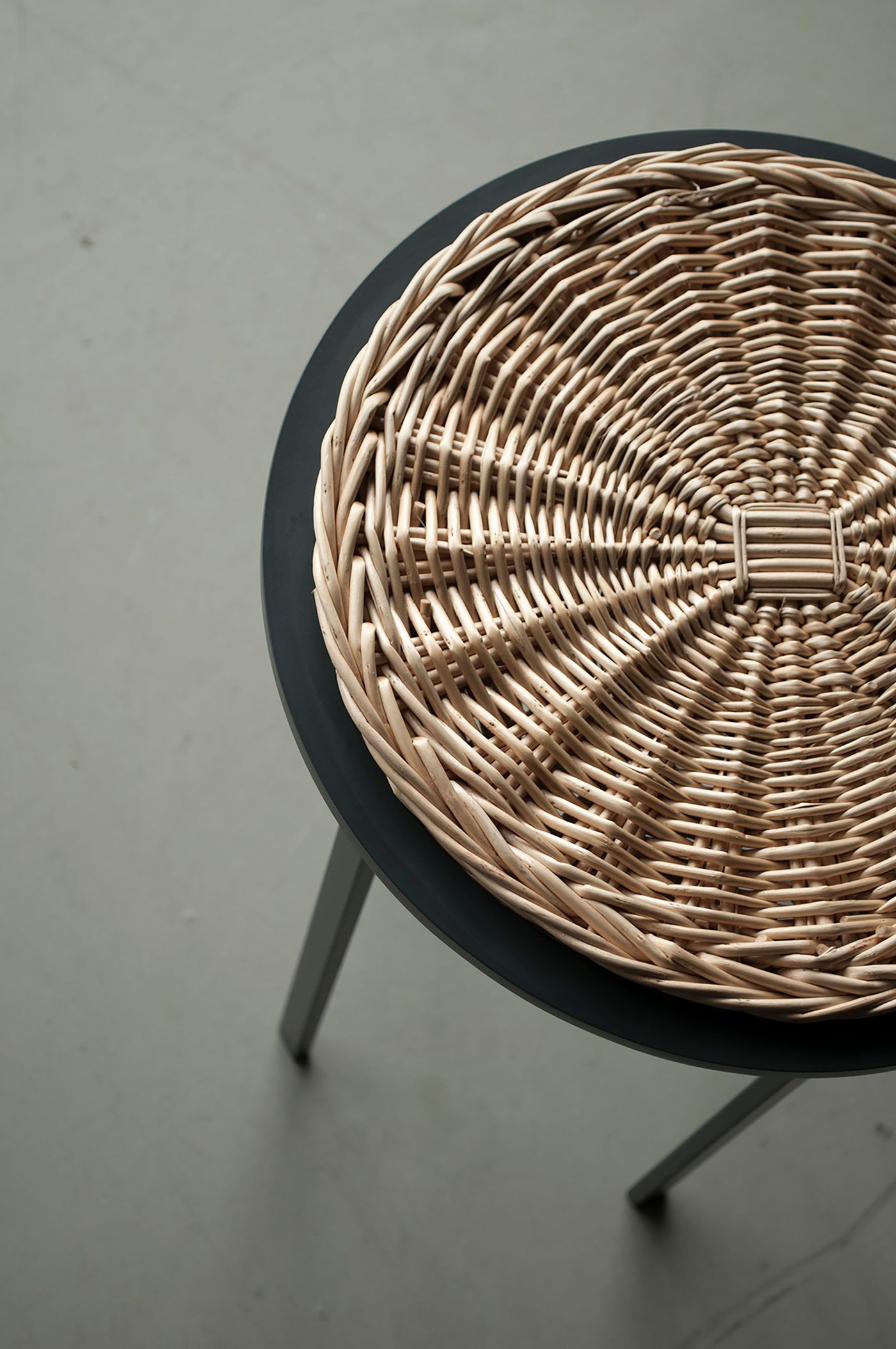
Meet the wicker, stool made from rectangular steel profiles with a woven wicker seat. © Chudy and Grase.
AWARDS: Product design of the year 2014 (Latvia) | Best product prototype 2014 (Latvia).
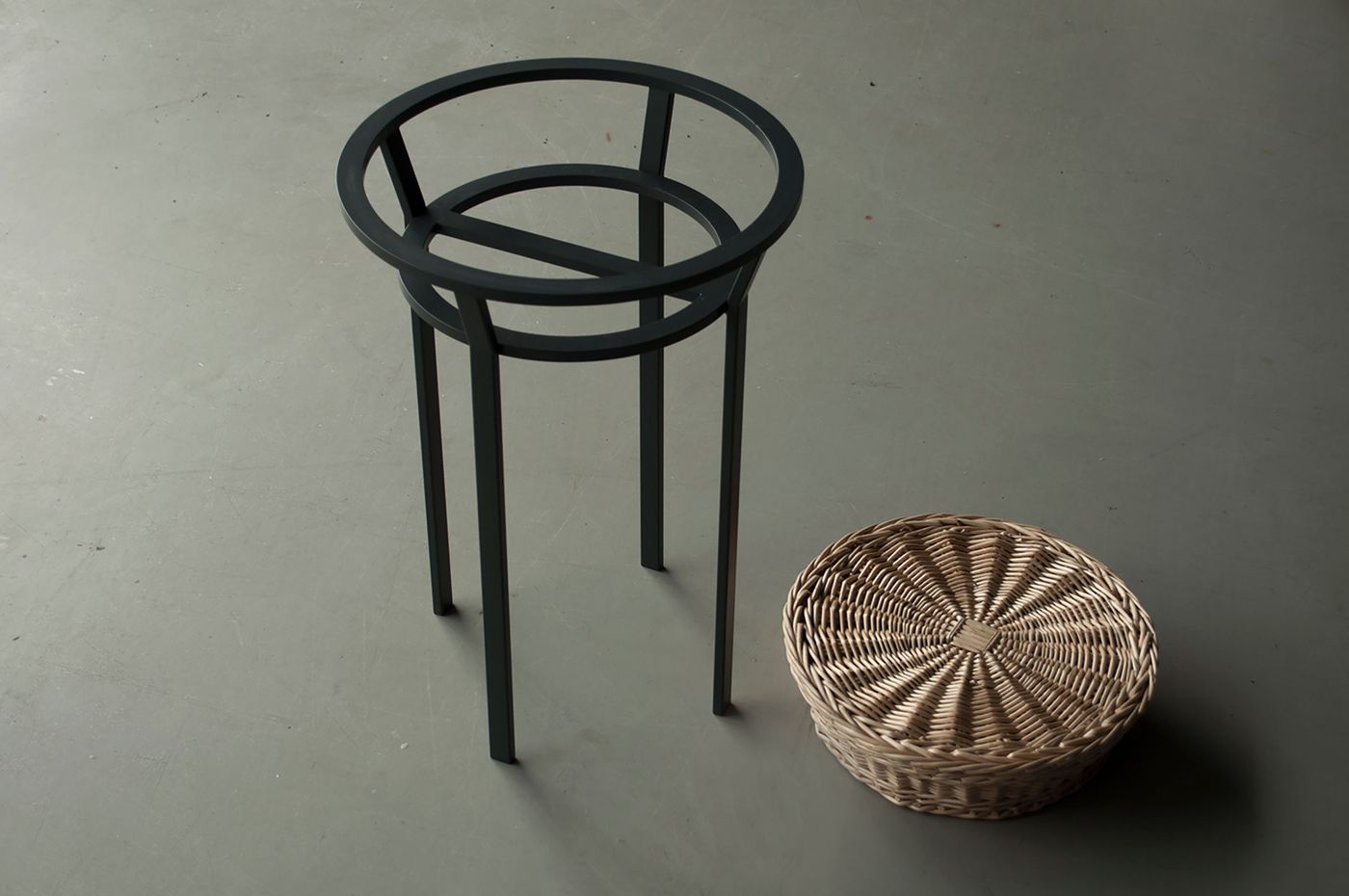
Meet the wicker, stool made from rectangular steel profiles with a woven wicker seat. © Chudy and Grase.
AWARDS: Product design of the year 2014 (Latvia) | Best product prototype 2014 (Latvia).
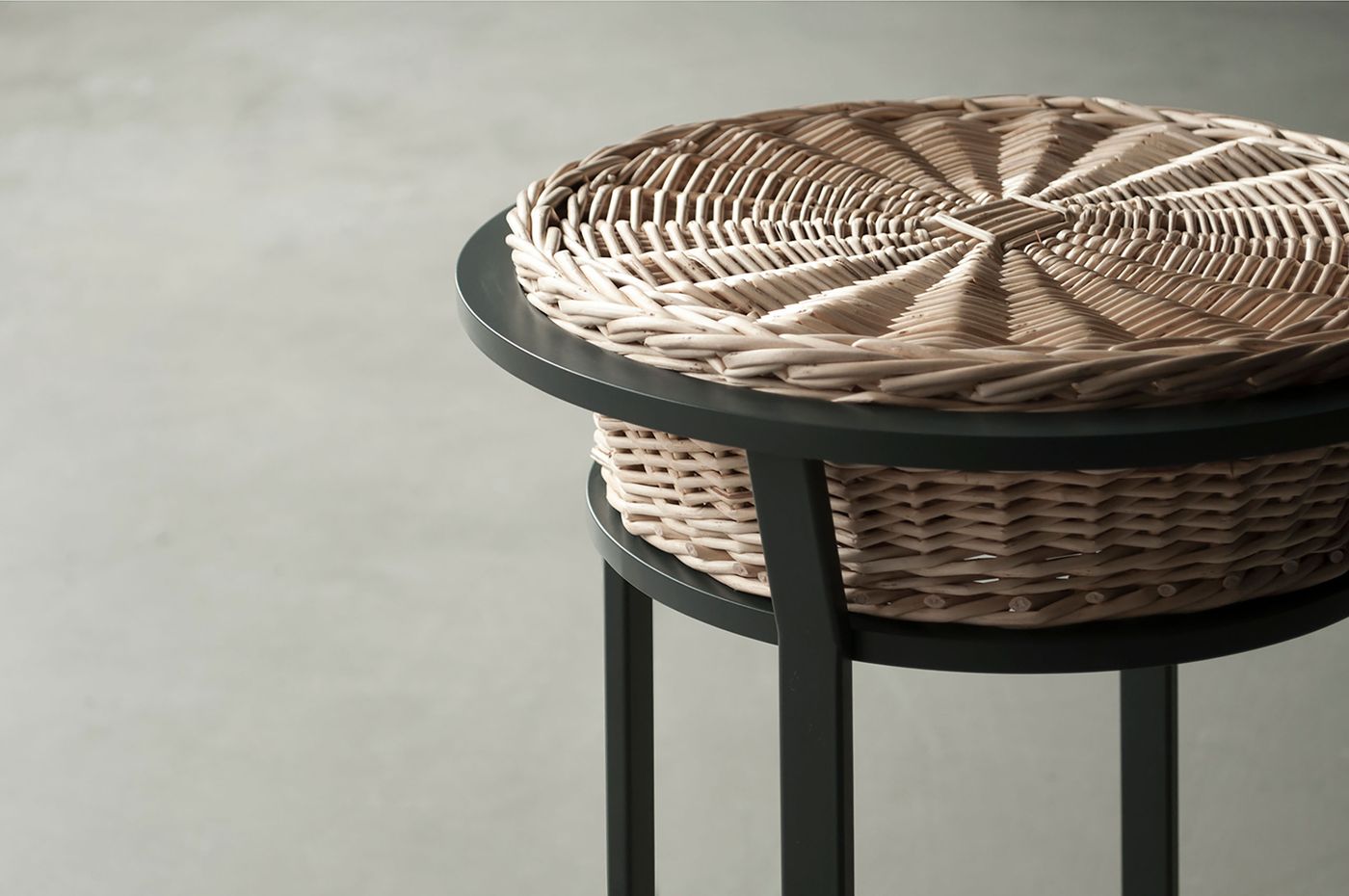
Meet the wicker, stool made from rectangular steel profiles with a woven wicker seat. © Chudy and Grase.
AWARDS: Product design of the year 2014 (Latvia) | Best product prototype 2014 (Latvia).